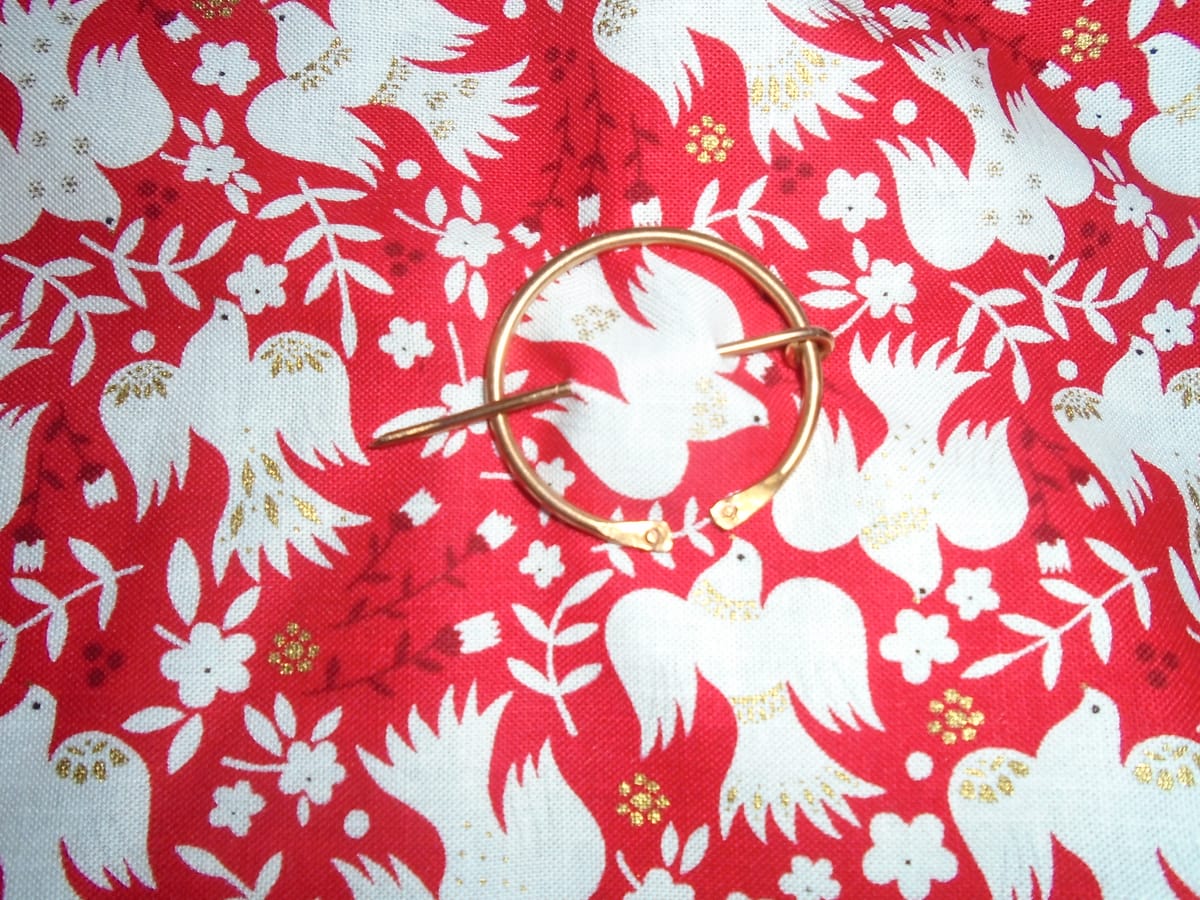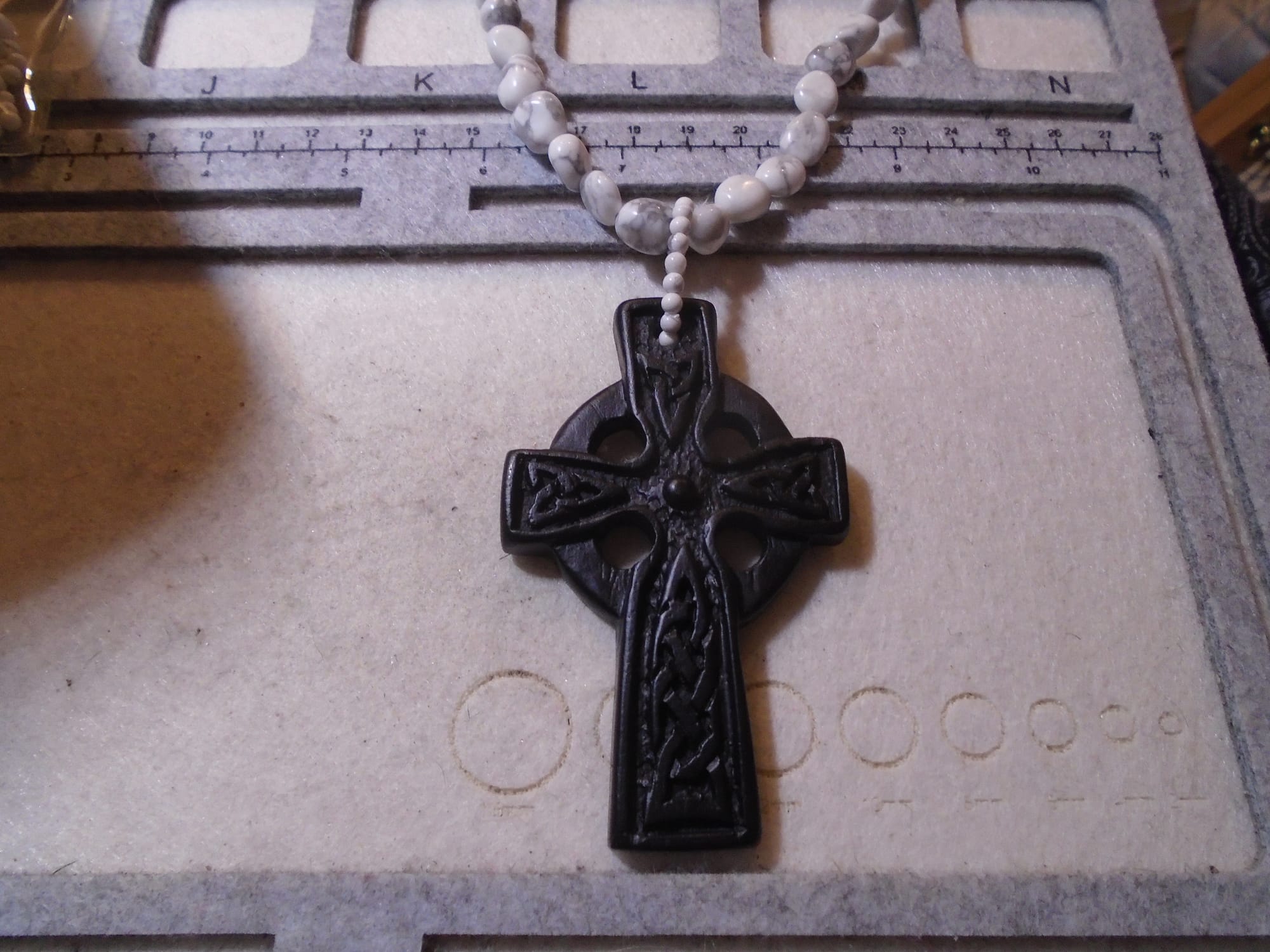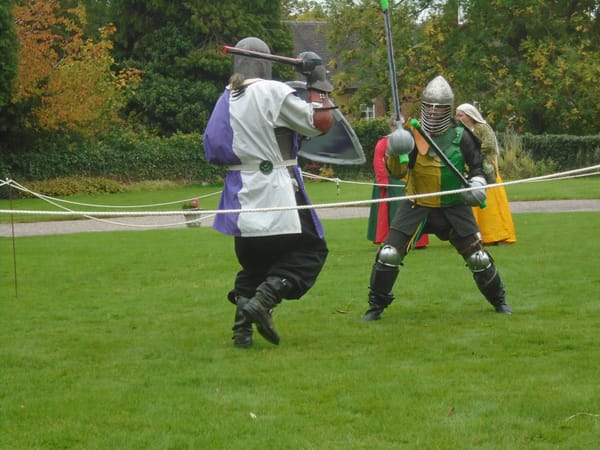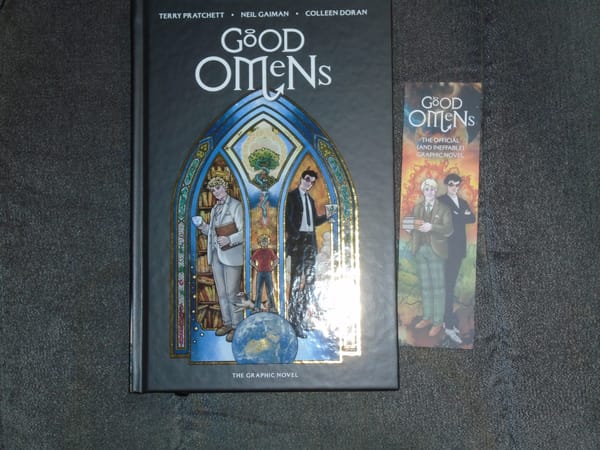Beyond the pale

I'm not an albino. I'm just extremely melanin-deficient, to the point where every time I go to hospital someone, at some point, asks me in concerned tones if I'm always that pale. And the answer is: yes. Yes, I am. I know what I'm doing playing a Celt (and indeed I do have some Welsh ancestry, but I don't know whether or not that is the source of my unusual pallor).
That, of course, means I burn very easily in the sun; and the complication is that I'm allergic to some kinds of sunblock, and it isn't easy to tell which ones those are. (Occasionally I've found one that works, but after a while they tend to discontinue them, or change the formula, or something of that sort.) Therefore, to be on the safe side, I don't use it at all. I'm not buying an expensive bottle of sunblock only to find it brings me up in a rash, and because I don't know precisely which ingredient(s) I'm allergic to, I'd be working blind. Instead, I just cover up if I have to go out in the sun.
Here in the 21st century, that tends to mean a large hat and a white cotton dupatta (well, not always white - I have a couple of others - but white is the default); my legs are always covered up anyway. But post-Roman Celts couldn't just go blithely importing cotton dupattas from India at the drop of a hat, and they certainly didn't wear a straw boater. Or, for that matter, a sun hat with a wired brim and a pseudo-gingham ribbon.
The headgear is easy enough. I did a bit of research on what was known, and it turns out that if ancient Britons did wear anything on their heads in the 5th/6th century, it was probably a simple wimple. There are wimples and wimples, but the earliest ones were nothing more than a long and fairly wide rectangle of cloth wrapped round the head, with the end hanging down at the back. They may or may not have been pinned. I am absolutely pinning mine, because I have a high level of what you might call sartorial entropy; if it can come undone, unhitched, twisted, loose, or otherwise out of place on me, it will, and at the first opportunity. An unpinned wimple is therefore asking for trouble, especially in a high wind; and this is East Anglia. There are quite a lot of high winds round here because there's nothing to get in their way. They can go charging straight across the Fens entirely unhindered, except perhaps by the odd large building. (Which, incidentally, is why I use the young tree in the back garden as a kind of crude anemometer. I decide which hat to wear on the basis of how much the branches are blowing about.)
But what about the dupatta? The answer to that, obviously, is a summer cloak. I have some of that linen-look viscose in a rather nice mustard yellow, and that is going to become the cloak in question. I've also got some actual linen ribbon, unbleached/undyed, to use as the trim. As I think I've mentioned before, the Ancient Britons wore semicircular cloaks; and in a wheelchair you don't want a very long one, so in fact you can get away with having the diameter across the width of the fabric, which means you need only 0.7 to 0.8 m for a cloak, depending on exactly how long you want it. (For a longer cloak, you have to turn it sideways so that the diameter is along the length of the fabric, which will give you any length up to the width of the fabric, less hemming.)
The only thing is, they didn't have fastenings as we know them. There were, I think, buttons, but you'd have a pair of them linked by a chain, because nobody had yet worked out how to make buttonholes; and as far as I can tell the Ancient Britons didn't use them a great deal, though it does seem credible that they used wooden toggles in the same way occasionally. But what you'd normally do would be to fasten your cloak with a penannular brooch. This, as its name implies, is a ring with a small gap in it, and mounted on this ring is a pin that can swing relative to the ring. You put the pin through the fabric, rotate the ring so that the end of the pin sits in the gap, and then rotate the ring underneath the pin so that the whole thing holds in place, as shown in the feature photo. It's simple and very effective. The brooch you see in the photo, which is very plain, is actually what I'll be using to pin the wimple; I have something fancier arriving (from the same Scottish smith) to pin the cloak, because if you're supposed to be minor nobility you don't pin your cloak with what was, at that point, pretty much the equivalent of a large safety pin. You use something with a bit more style and flair.
Now, it is not hard to find penannular brooches online. Etsy, in particular, is awash with them. There's a whole shedload of SCA members, historical re-enactors, and wistful Celts who will happily snap them up. What is difficult, however, is finding one with a sharp enough point to go through a closely woven fabric such as linen (or a good imitation); it's generally assumed you're going to use it to pin your hand-woven, yarn-dyed, plaid shawl/cloak/whatever, and you don't need a sharp point for one of those, so they keep it fairly blunt for safety reasons. I literally bought the brooch in the photo because I could see it had a point that would go through my linen-look viscose. It was the only one I could find that had.
So I contacted the said Scottish smith and explained what my problem was, and asked him if he had anything fancier that would work for both the summer and the winter cloak; and he had. Not only that, but he was more than happy to put an extra sharp point on it for me at no extra charge. I'm impressed. Of course, that does probably mean I can't travel by air wearing my SCA garb; but since I don't travel by air in any case, that is probably not an issue. 😁
And while we're on the subject of SCA garb, I put that turf cross on its bead necklace the other day, and it now looks like this:

It may still take a while to be able to get you a full garb photo. But I'm getting there!




